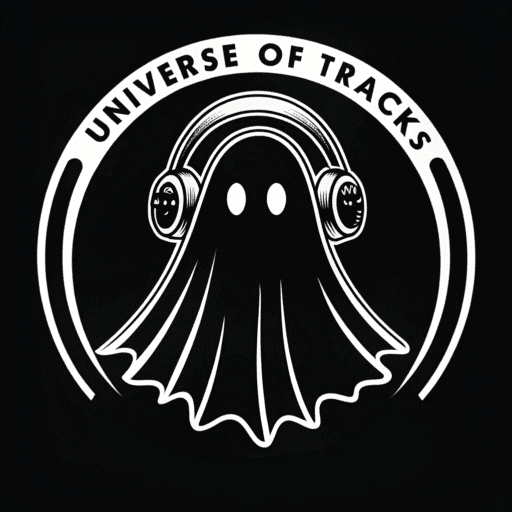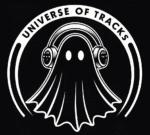Royalty-Free vs. Copyright-Free Music: The Ultimate Guide for Creators
As a content creator, music is one of your most powerful tools. But navigating the world of music licensing can be confusing and intimidating. You’ve probably heard terms like “royalty-free,” “copyright-free,” and “Creative Commons” thrown around, but what do they actually mean? And more importantly, what can you use in your YouTube videos without getting a copyright strike?
Understanding these differences is crucial for protecting your content and your channel. This guide will break down everything you need to know.
What is Royalty-Free Music?
This is the most misunderstood term in music licensing. Many people think “royalty-free” means the music is free to use. This is incorrect.
Royalty-free music is a type of license. It means you pay a one-time fee (or a recurring subscription fee) for a license that allows you to use a piece of music as many times as you want in your projects without paying ongoing fees, or “royalties,” for each play or view.
- How it Works: You subscribe to a service like(https://www.universeoftracks.com/). You can then download and use any track from our library in your videos. The subscription fee covers the license for the artists and composers.
- Who Owns the Copyright? The original artist or composer still owns the copyright to the music. You are simply purchasing a license to use it.
- Key Benefit: It’s the safest and most professional way to get high-quality, unique music for your content. You get access to a massive, curated library of tracks made by professional artists, and you never have to worry about copyright claims.
What is Copyright-Free Music?
“Copyright-free” is a much rarer category. It generally means the music is in the Public Domain.
- How it Works: A piece of music enters the public domain when its copyright expires. This happens many decades after the composer’s death. For example, the works of Beethoven and Mozart are in the public domain.
- Who Owns the Copyright? No one. It is owned by the public.
- The Catch: While the original composition (the notes Beethoven wrote) is public domain, a specific recording of that composition is not. The orchestra that performed it, the sound engineer who recorded it, and the label that produced it all own a copyright on that specific recording. So, you can’t just rip a recording of a classical piece from a CD and use it. You must find a recording that has also been explicitly released into the public domain.
- Key Benefit: It’s truly free to use without any restrictions. However, the selection is extremely limited to very old music, and finding high-quality, usable recordings can be very difficult.
What About Creative Commons?
Creative Commons (CC) is a type of license that sits somewhere in the middle. Artists who release their music under a Creative Commons license allow you to use it for free, but usually with specific conditions.
- How it Works: There are different types of CC licenses, but the most common one for video creators is the Attribution license (CC BY). This means you can use the music for free, as long as you give proper credit to the artist in your video description, exactly as they specify.
- The Catch: You have to be very careful to follow the attribution rules precisely. Other CC licenses might forbid commercial use (so you can’t monetize your video) or prevent you from editing the music. If you fail to follow the rules, you are infringing on the copyright.
- Key Benefit: It’s a great source of free music, but it requires careful management and always carries a small risk if you make a mistake with the credit.
Comparison Table: Which Should You Use?
| Feature | Royalty-Free (Universe of Tracks) | Copyright-Free (Public Domain) | Creative Commons |
| Cost | Subscription Fee | Free | Free (usually) |
| Quality | Professional, High-Quality | Varies, often hard to find good recordings | Varies Greatly |
| Selection | Massive, Modern Library | Very Limited, Mostly Classical | Good, but Uncurated |
| Restrictions | None (with a subscription) | None | Yes (Attribution, Non-Commercial, etc.) |
| Copyright Risk | Safest Option | Safe, but hard to verify recording rights | Low, but risk of error in attribution |
Conclusion: The Safest Choice for Creators
For serious content creators who want peace of mind and access to the best possible music, royalty-free music is the clear winner. A subscription to a platform like Universe of Tracks removes all the guesswork. You get unlimited access to incredible music, you support real artists, and you can publish your content anywhere, worry-free.

